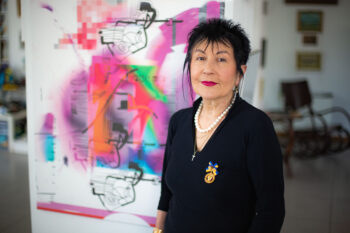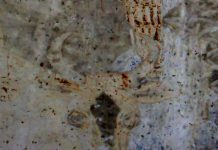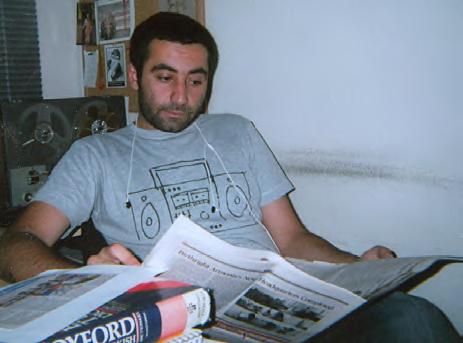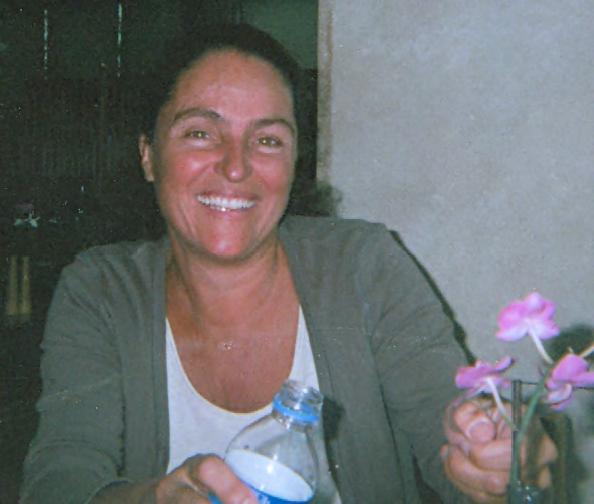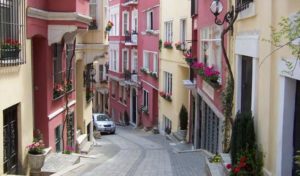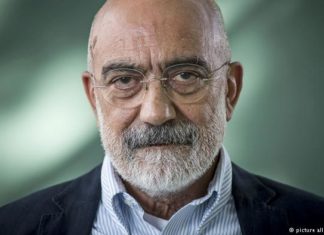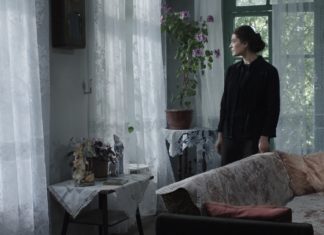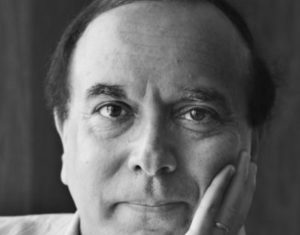By Daphne Abeel
Special to Mirror-Spectator
ISTANBUL — I had been motivated to travel to Turkey as a result of my association with the Armenian Mirror-Spectator, where I worked as the assistant editor for eight years and where I continue to work as a freelance writer.
I had been to Armenia back in 2001 and in the meantime had read countless articles about Turkey in the Armenian and American press, and hadmet some of the Turkish scholars, writers and intellectuals who have acknowledged the Armenian Genocide — people like Taner Akçam, Hassan Çemal, Orhan Pamuk and Fatma Muge Goçek. I had reviewed books by Turkish writers such as Pamuk and journalist Ece Temelkuran. It was time, I thought, to see Turkey for myself.
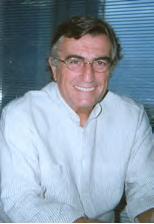
I arrived in Istanbul on September 19, the day that the Armenian community held a mass at Akhtamar. I did not arrive in time to attend the ceremony, but it was written about the next day in the English- language Hurriyet daily and people in Istanbul seemed to know all about it. The young concierge at my small hotel in the Sultan Ahment district in Istanbul chatted quite cheerfully with me about the occasion, without expressing any particular opinion about it.
And the newspaper reported that the reason the cross had not been raised was that it was too heavy. This seemed like more than a bit of spin. A week or so later, another article in the English-language daily noted that local Turkish residents in Akhtamar had been fearful that the gathering of some thousand Armenians who attended the ceremony would turn on them and demand their houses and lands back.
My first impression of Istanbul, driving in from the airport, was of a massive blanket of low rise buildings stretching as far as the eye could see on both sides of the Bosporus. Today, Istanbul is home to more than 15 million people and the city is continuing to grow. I wondered if I would be able to make any sense of this vast metropolis in a few days. The little Hotel Almina on the European side of the Bosporus turned out to be very much on a human scale, situated in a cul de sac — the narrow streets leading to it were far too small and narrow for any tour buses to penetrate, and I would discover that was a blessing.
